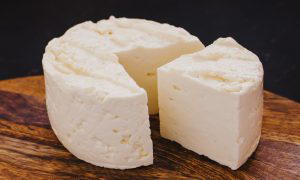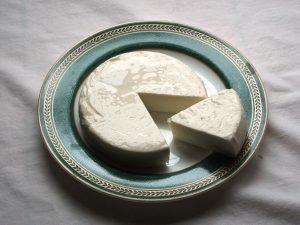
How long does queso last in the fridge? + Tips to make it last longer!
Avoid the risk of consuming bad queso. Go through this post to know how long does queso last in the fridge, before consuming it. I

Avoid the risk of consuming bad queso. Go through this post to know how long does queso last in the fridge, before consuming it. I

Queso fresco has become one of my favorite cheese types after I tasted it in numerous Mexican dishes like tacos. Ever since then, homemade queso